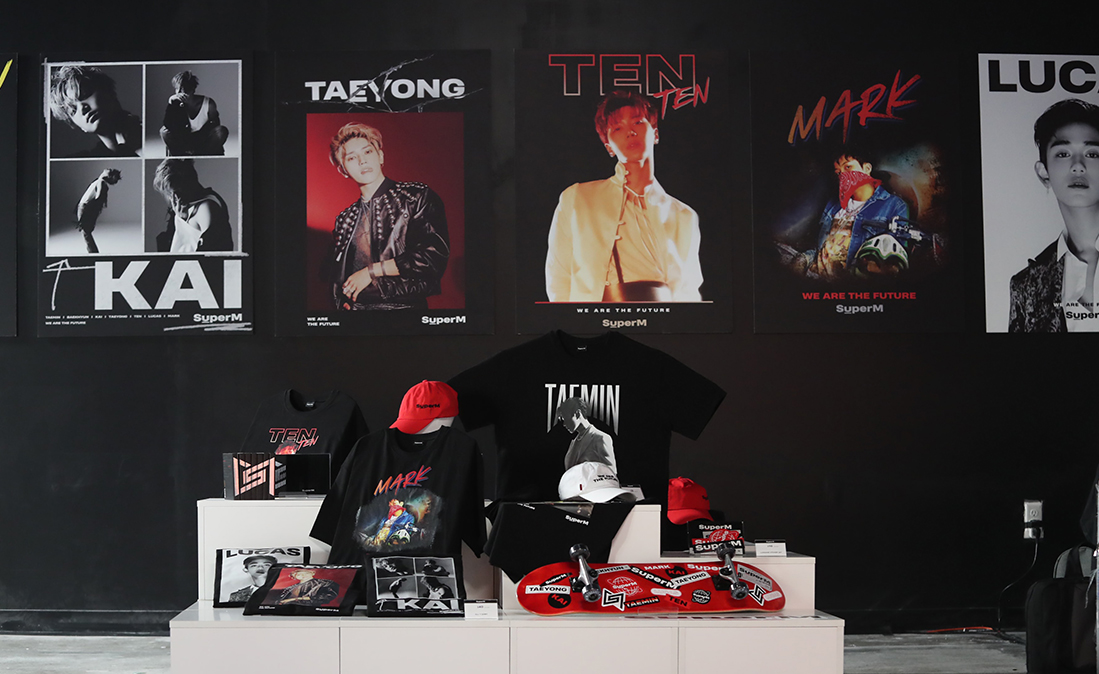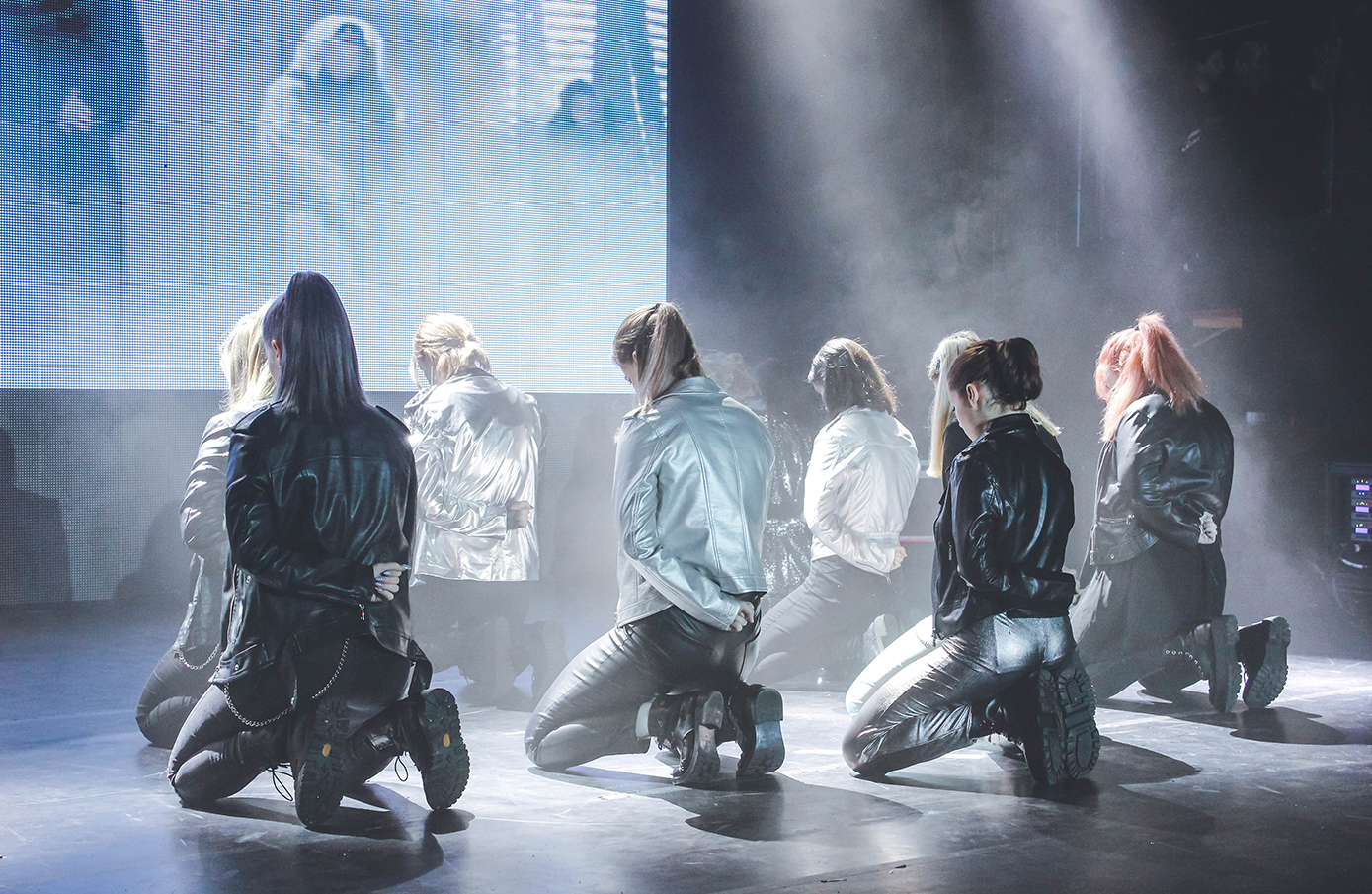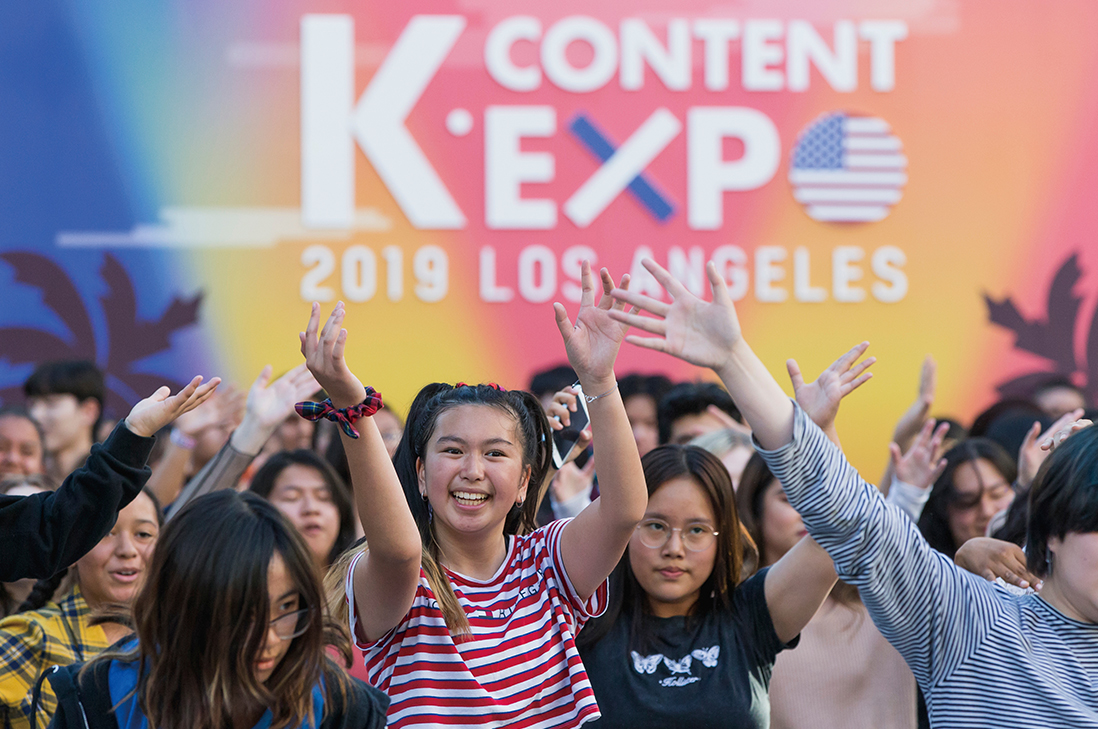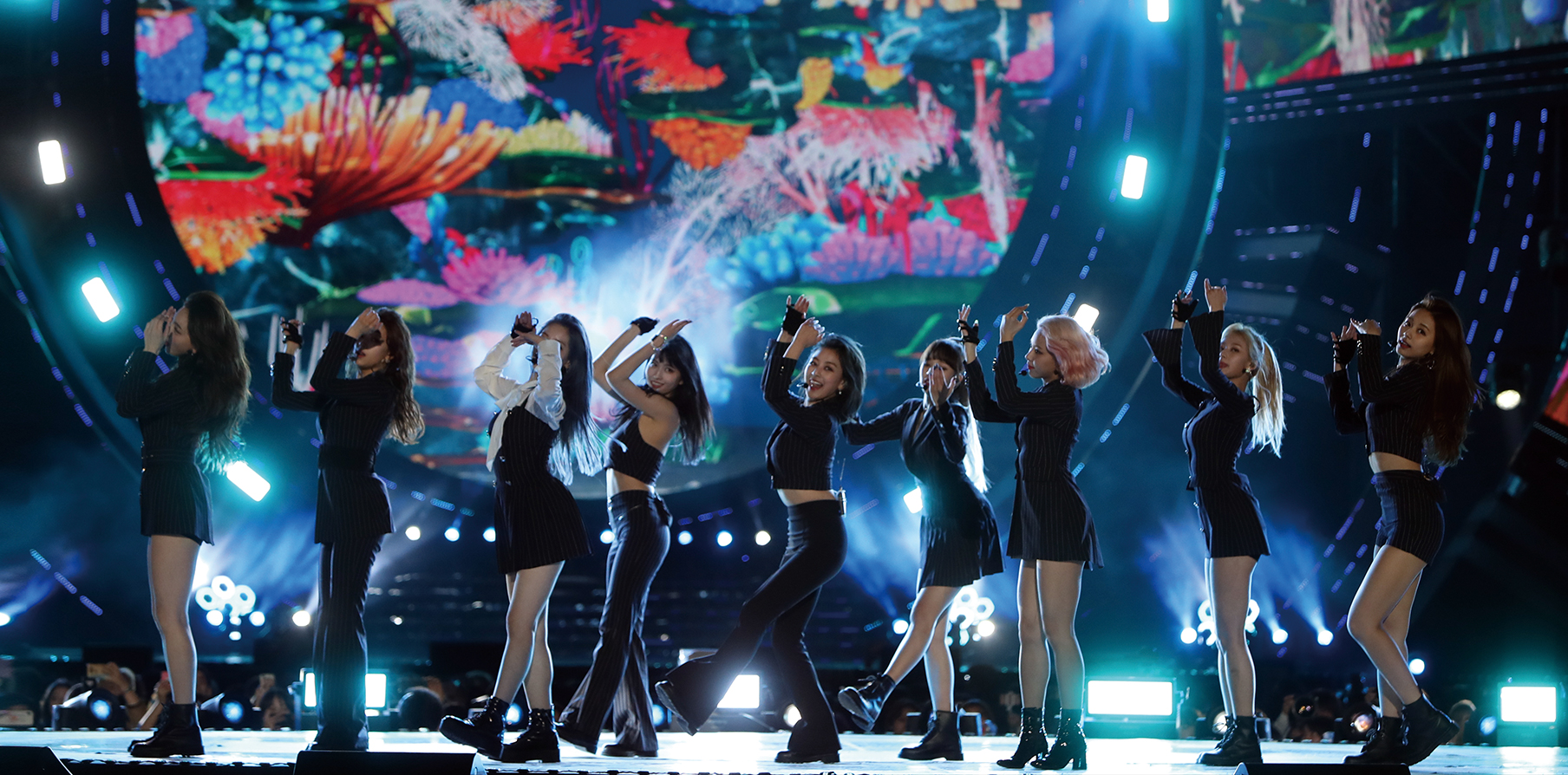STORY
Throughout the Years
Evolution of K-pop
Korean pop has sought overseas expansion since the 1980s in both the number of markets and levels of artistry. Yet not until the late 1990s did the genre make a splash outside of the nation’s shores, and from the 2010s, K-pop emerged as a global phenomenon. The following is a look back at K-pop from the 1990s to today and the groups and trends that shaped the genre.
Written by• Lim Jinmo,
music critic
Major entertainment agencies emerged in the 1990s like SM, YG and JYP, as well as Big Hit Entertainment, which manages K-pop sensation BTS. The companies are said to have started devising strategies for the genre’s foreign expansion through pop or hip-hop dance songs performed by K-pop idol acts.
Group Dance
The American and British music industries briefly pursued the group dance genre, while Japan dabbled in it. Despite early efforts to popularize this segment, the music sectors of the three countries later dropped it as commercially unviable. Korea was thus left as the only nation to develop the artistry and commerce of group dance-based idol music.
Entertainment management agencies primed their acts for global expansion by forming partnerships with strong global players abroad and pursuing other oppor-tunities. By the 2010s, social media played a critical role in boosting K-pop’s consumer scale and clout. Though the passion and desire of those who planned and produced such music were also factors, social media was the tipping point leading to the exponential growth of global fan networks.
First Generation

© unsplash
The boy band H.O.T. (High Five of Teenagers) debuted in 1996 and signaled the launch of the K-pop idol era. SM CEO Lee Soo-man learned from Korean hip-hop pioneer Seo Taeji and Boys the music potential of the teen fan demographic. Lee strategized the production of commercially optimized idol groups, heralding the arrival of H.O.T. Tailored to appeal to teenage girls, each member underwent intensive training before the group made its official debut, and thus the boy band made K-pop the nation’s mainstream music genre.
Another K-pop milestone was H.O.T.’s 2000 concert in Beijing, after which the Chinese media announced the start of Hallyu (Korean Wave). K-pop idol groups commanded higher popularity in the Chinese bloc than anywhere else. The first generation of K-pop idols from the 1990s engaged in fierce competition, pitting management agencies SM and DSP against each other. DSP’s the boy band Sechs Kies took on SM’s H.O.T., and in the girl group category, Fin.K.L (Fin Killing Liberty) of SM and S.E.S. (Sea, Eugene, Shoo) of DSP brought even schoolboys into the K-pop demographic.

K-pop groups perform tightly choreographed and sharply executed dance moves whether on stage or in front of the camera. © shutterstock
Second Generation

The K-Content Expo in Los Angeles attracted numerous fans from across the U.S.© shutterstock
The boy band g.o.d (Groove Over Dose) rose to challenge the scorching popularity of H.O.T. for the K-pop throne. As the first act of JYP, g.o.d was uniquely supported not by one fan demographic (i.e., teens and 20-somethings) but a far wider range that included even middle-aged fans. The agency’s subsequent series of high-quality K-pop vocalists Gummy, Wheesung, Big Mama and Rain earned JYP a reputation for prioritizing musicality.
SM, meanwhile, was the K-pop leader in Asia’s largest pop music market, Japan, through artists such as BoA. The singer was a hit in China and Japan and went on to the U.S., though this was unsuccessful. SM, however, retained a solid presence by rolling out in 2004 TVXQ (Tong Vfang Xien Qi meaning “Rising Gods of the East”), whose name showed a marketing bent toward China, and Super Junior, which burst on the scene in 2005.
Wonder Girls broke the boy-dominated hegemony of K-pop in starting the girl group-oriented era of K-pop. Its hits “Tell Me” (2007) and “Nobody” (2009) were the first Korean songs to make the Billboard Hot 100, which sparked their entry into America. Other girl groups like Girls Generation and 2NE1 attracted legions of fans both at home and abroad, while Kara was a hit in Japan.
In Korea, girl groups like Tiara, Miss A, Secret and Sistar emerged on the K-pop scene. The late 2000s saw expressions appear like “K-pop invasion” due to the overseas success of boy bands Super Junior, SHINee and 2PM. Management labels intensely pursued the creation of idol acts from musically trained artists like BEAST, INFINITE, Block B, B1A4, B.A.P. and VIXX.

The 2012 megahit “Gangnam Style” inspired numerous video or dance covers and flash mobs the world over. © shutterstock
Third Generation
In the 2010s, the girl groups BLACKPINK, Red Velvet, Twice and MAMAMOO and boy groups SEVENTEEN, Wanna One, GOT7, Monsta X and BTS ascended as industry leaders; they are often called the third generation of K-pop idols. Buoyed by Psy’s 2012 megahit “Gangnam Style,” these groups made systematic advances into the U.S. market, with BTS, EXO, BLACKPINK, Red Velvet, NCT Dream and NCT 127 all making the Billboard charts.



















